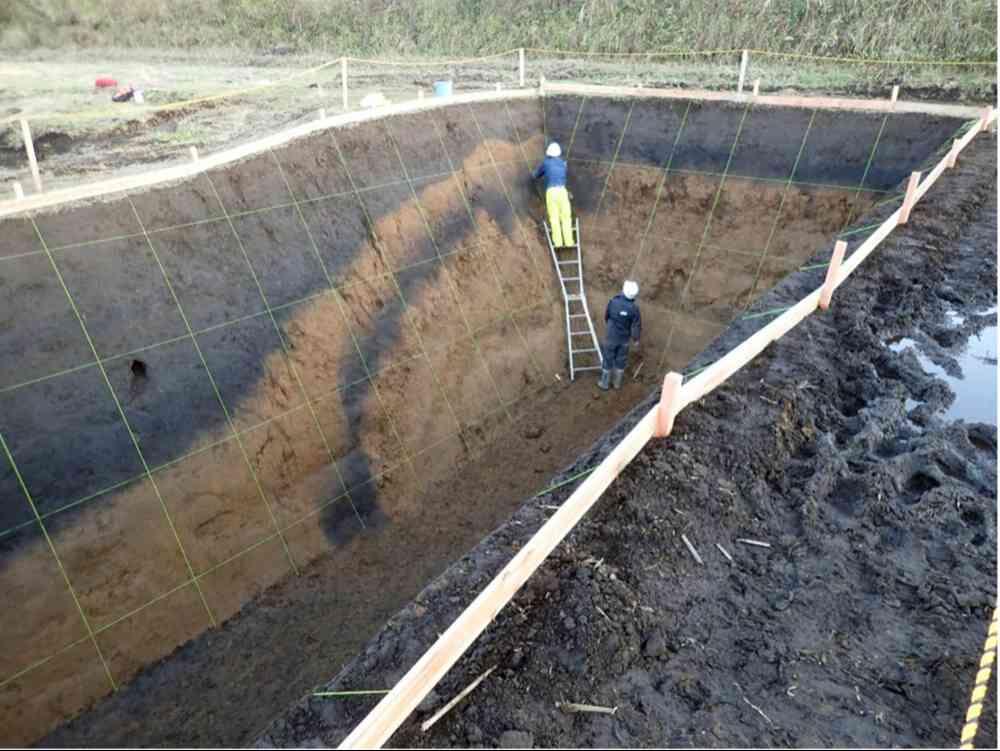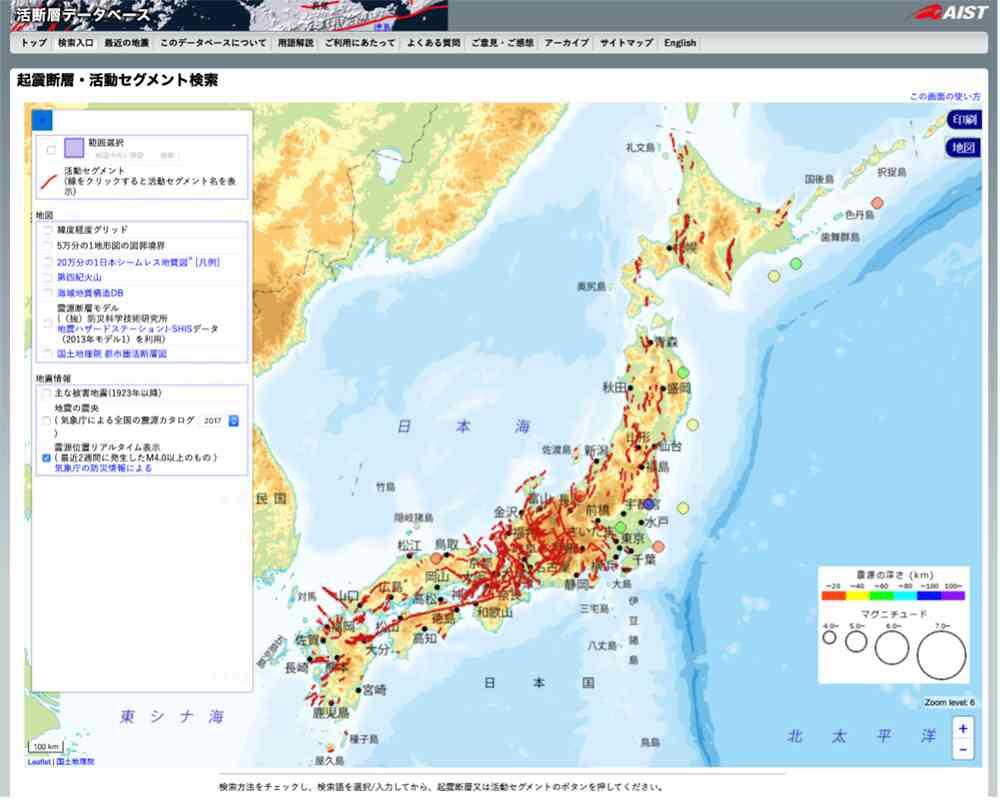Mitigate Disasters by Investigating Active Faults and Earthquakes
-Know the Past to Predict the Future-
Last Updated: April 13, 2021
The Geological Survey of Japan (GSJ) plays a central organ of the Japanese active fault research. GSJ has investigated major active faults inland and offshore by integrating various methods, such as geological and geomorphological mapping, seismic profiling, boring, paleoseismic trenching and stratum dating to clarify the fault distributions, timing of the past earthquake events and recurrence intervals. On the basis of these paleoseismological data, we evaluate the long-term probability of future earthquakes for each fault.
New survey and evaluation methods are required
Earthquakes are natural phenomena and their generation mechanisms are not fully understood. Every time an earthquake occurs, new problems that cannot be explained by known models arise. We are pursuing research into active faults and the development of new methods for their evaluation by asking the following questions: “What kind of research should we do to solve these problems?” and “How can we connect our research results to predictions of the next earthquake?”.
For example, by focusing on the displacement associated with paleoearthquakes, we are developing a new model for assessing the possible extent of rupture in future earthquakes. This is because we have learned that the displacement associated with a paleoearthquake can be a clue to identify the segmentation area in the active fault zone that caused the earthquake. We are also trying to apply in-situ terrestrial cosmogenic nuclide exposure dating method to evaluate fault activity. To constrain the ages of strata, conventional methods require volcanic ashes and/or carbons to be present in them, but these materials do not always exist in sediments and rocks. In contrast, this method enables us to estimate the ages of strata and topographic surface, whose ages are previously unknown because quartz is common in sediments and rocks.
The results are published not only in academic papers but also on the Web in the Active Fault Database of Japan, which delivers our outcomes quickly and in an easy-to-understand way.
Link:Active fault database of Japan
Trench excavation survey across the surface rupture of the 2016 Kumamoto earthquake, Kyushu Japan. Based on the trench wall observation, lower strata show larger displacements than those of surface ruptures, indicating the fault has repeatedly caused earthquakes in the past.
Screen shot of the search results for behavioral segment in the Active Fault Database of Japan. Red lines are active faults, clicking on which will show their name and characteristics.



